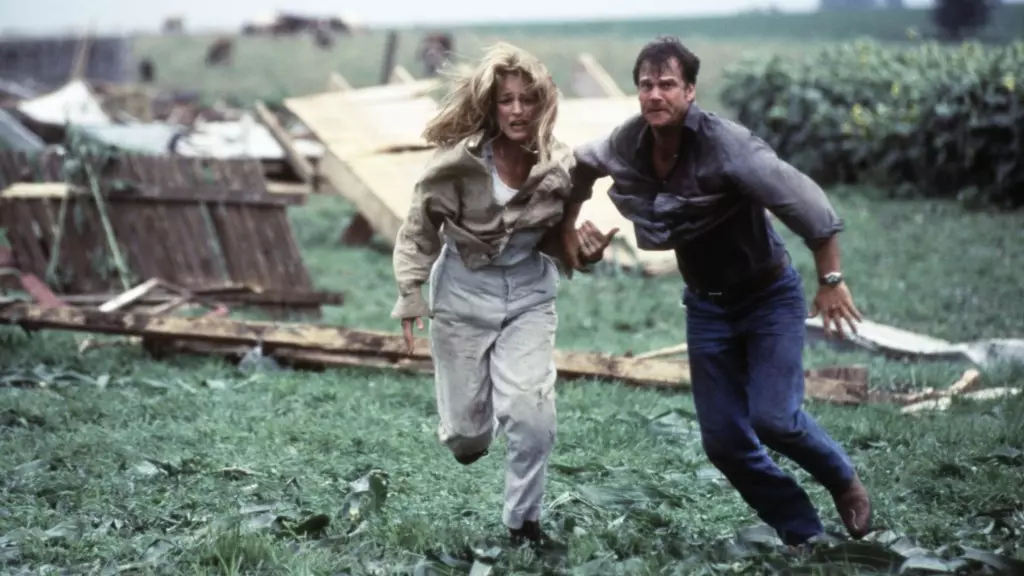As Twister storms back into theaters with a modern update, the original film’s director, Jan de Bont, reflects on the challenging process of bringing the tornado-filled movie to life. De Bont revealed that the movie almost didn’t get made due to the technical difficulties involved in creating realistic effects. He mentioned that both hardware and software needed to be specifically designed for the film, leading to a lengthy and arduous process. Despite this, the excitement and dedication of the team were evident throughout the production.
One of the crucial aspects of creating a believable storm-filled world in Twister was the testing of different scenes. De Bont recalled conducting tests to determine if the effects would be realistic enough to captivate the audience. One test involved portraying a farm scene with a family seeking shelter, while another focused on the perspective from inside a car driving through a storm. The success of these tests played a vital role in convincing the studio executives to greenlight the movie, as the effects were incredibly effective and convincing.
Immersive Storm Scenes
De Bont highlighted the immersive and realistic experience the actors had during the storm scenes in Twister. By utilizing gigantic jet engines mounted on trucks to create powerful winds and debris, the actors were forced to truly react and respond to the elements around them. This genuine response added to the authenticity of the performances, as the actors were not merely acting but genuinely experiencing the power of the storm. The use of practical effects and real elements enhanced the overall realism of the film.
One particularly memorable scene in Twister involved giant combines falling from the sky, providing a sense of real danger and chaos. De Bont emphasized that these were not visual effects but actual real effects, with real combines being dropped from helicopters onto the road as cars drove by. The genuine fear and reactions captured from the actors added to the intensity of the scene, making it all the more thrilling for the audience. Despite the apparent danger, proper precautions were taken to ensure the safety of the cast and crew during these extreme sequences.
The behind-the-scenes effort and dedication that went into creating the realistic effects in Twister contributed significantly to the film’s success. Director Jan de Bont’s innovative approach to using practical effects and immersive elements helped bring the stormy world of the movie to life in a visually stunning and thrilling manner. Twister remains a testament to the power of practical effects and the impact they can have on the overall cinematic experience.

Leave a Reply